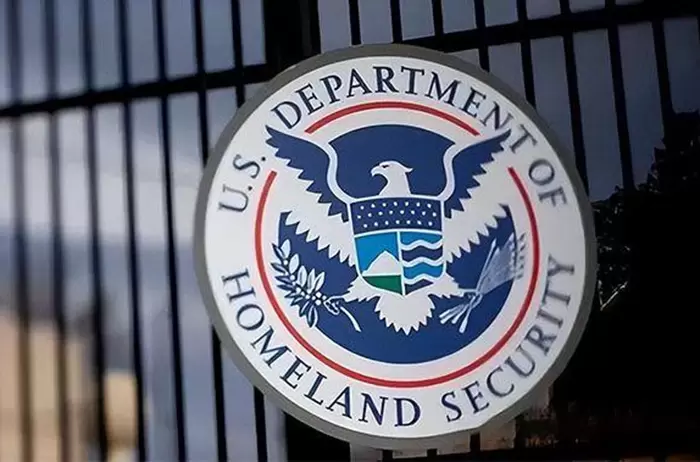In an increasingly interconnected world, the need for efficient and cost-effective transportation has never been more critical. Whether for daily commutes, long-distance travel, or freight logistics, understanding the cheapest sources of transportation can significantly impact personal finances and business operations. This article delves into various modes of transportation, analyzing their costs, benefits, and potential drawbacks, ultimately guiding you to make informed decisions.
Understanding Transportation Costs
Transportation costs can be categorized into several components, including direct costs (fuel, maintenance, and fares), indirect costs (time, convenience, and environmental impact), and opportunity costs (alternative uses of time and resources). When evaluating the cheapest source of transportation, it is essential to consider not only the monetary expense but also these additional factors.
- Public Transportation: The Economical Choice
Public transportation systems, such as buses, subways, and trains, often emerge as the most cost-effective option for urban commuting.
- Cost Analysis: Monthly passes for public transit can range from $70 to $150, depending on the city, while single fares typically cost between $1 and $3. In contrast, owning a vehicle incurs expenses such as fuel, insurance, maintenance, and parking, which can easily exceed $500 monthly.
- Benefits: Public transportation reduces traffic congestion and lowers carbon emissions, making it an environmentally friendly choice. Additionally, it allows commuters to utilize travel time for other activities, such as reading or working.
- Drawbacks: Limited schedules and routes can be inconvenient, particularly in less populated areas. Furthermore, overcrowding during peak hours can detract from the overall experience.
- Bicycles: A Sustainable and Low-Cost Alternative
For short distances, cycling presents a highly economical and sustainable transportation option.
- Cost Analysis: The initial investment in a bicycle can range from $200 to $1,000, with minimal ongoing costs for maintenance and repairs. In many cities, bike-sharing programs offer rentals for as little as $1 per ride or monthly subscriptions for around $20.
- Benefits: Cycling promotes physical health, reduces environmental impact, and eliminates fuel costs. It also provides flexibility in navigating urban landscapes, often allowing cyclists to bypass traffic jams.
- Drawbacks: Weather conditions and safety concerns can limit the practicality of cycling. Additionally, cyclists may face challenges related to infrastructure, such as inadequate bike lanes.
- Ridesharing and Carpooling: Cost-Effective Convenience
Ridesharing services like Uber and Lyft, along with traditional carpooling, have gained popularity as flexible transportation options.
- Cost Analysis: Ridesharing fares vary based on distance and demand, typically ranging from $10 to $30 for short to medium trips. Carpooling can significantly reduce costs, as expenses are shared among passengers.
- Benefits: These options provide door-to-door service and can be more convenient than public transit. They also allow for social interaction and networking opportunities.
- Drawbacks: Ridesharing can become expensive during peak hours or in high-demand areas. Additionally, reliance on drivers can lead to longer wait times compared to public transit.
- Walking: The Ultimate Free Option
For very short distances, walking remains the most economical and healthiest mode of transportation.
- Cost Analysis: Walking incurs no direct costs, making it the cheapest option available.
- Benefits: It promotes physical fitness, reduces carbon footprint, and can enhance mental well-being. Walking also allows individuals to engage more deeply with their surroundings.
- Drawbacks: Walking is impractical for longer distances and may not be feasible in areas lacking pedestrian infrastructure.
- Long-Distance Travel: Budget Airlines and Trains
When considering long-distance travel, budget airlines and train services can offer affordable options.
- Cost Analysis: Budget airlines often provide fares as low as $30 for domestic flights, while train tickets can range from $20 to $100, depending on the distance and service level.
- Benefits: Both options can save time compared to driving long distances and often provide amenities such as Wi-Fi and refreshments.
- Drawbacks: Budget airlines may charge extra for baggage and other services, while train schedules can be less flexible than flying.
Conclusion: Making Informed Transportation Choices
Determining the cheapest source of transportation requires a nuanced understanding of individual needs, local infrastructure, and available options. Public transportation, cycling, ridesharing, walking, and budget airlines each present unique advantages and disadvantages. By evaluating these factors and aligning them with personal or business priorities, individuals can make informed decisions that not only save money but also contribute to a more sustainable future.





